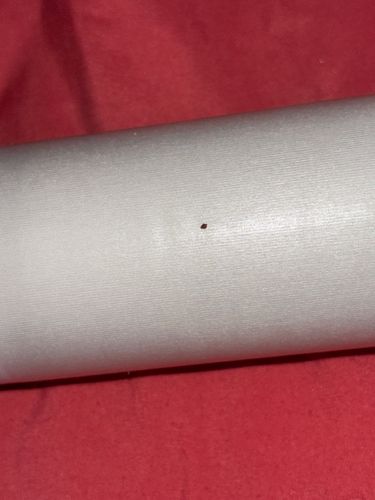Flea
Scientific Name: Ctenocephalides felis (cat flea) or Ctenocephalides canis (dog flea), among others
Order & Family: Order: Siphonaptera, Family: Pulicidae (common fleas)
Size: 1.5 mm to 3.3 mm

Natural Habitat
Fleas are found in various environments wherever their hosts are present. In homes, they commonly inhabit carpets, upholstery, pet bedding, cracks in floors, and sheltered outdoor areas.
Diet & Feeding
Adult fleas feed exclusively on the blood of warm-blooded animals, including mammals and birds. Larvae feed on organic debris, including adult flea feces.
Behavior Patterns
Fleas are excellent jumpers, able to leap great distances relative to their size. They often hide in carpets, bedding, and pet resting areas, emerging to feed on hosts. Their life cycle involves four stages: egg, larva, pupa, and adult.
Risks & Benefits
Potential risks include causing itchy bites, allergic reactions (flea allergy dermatitis), and transmitting diseases such as tapeworms (especially to pets) and, in rare historical cases, plague (Yersinia pestis). There are no direct known benefits to humans or the ecosystem, though they are a food source for some predators.
Identified on: 9/2/2025